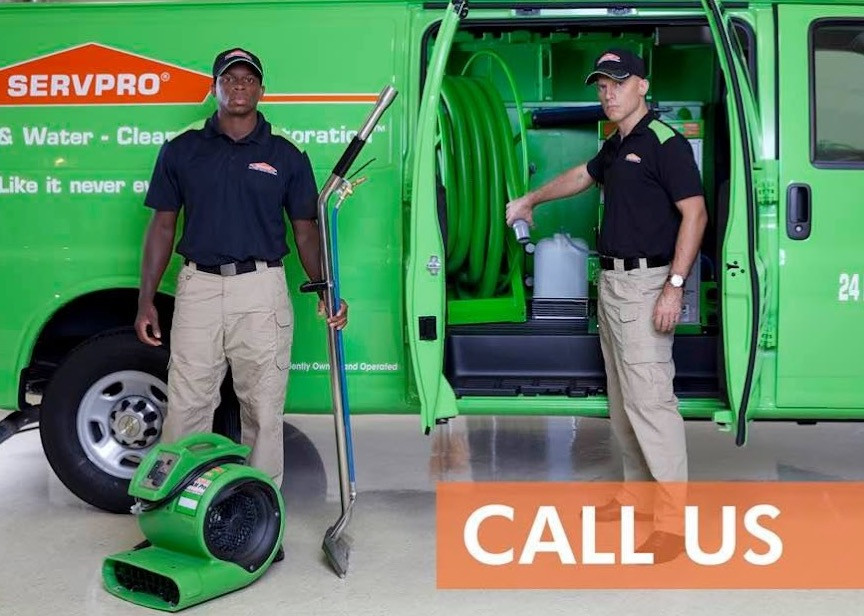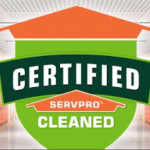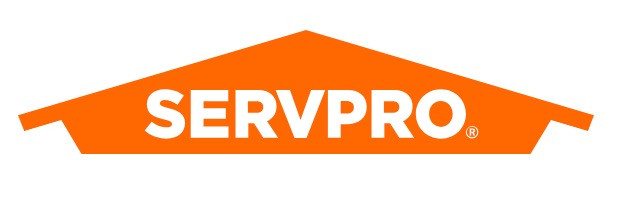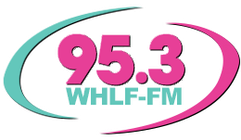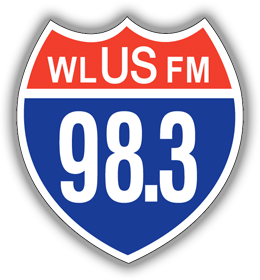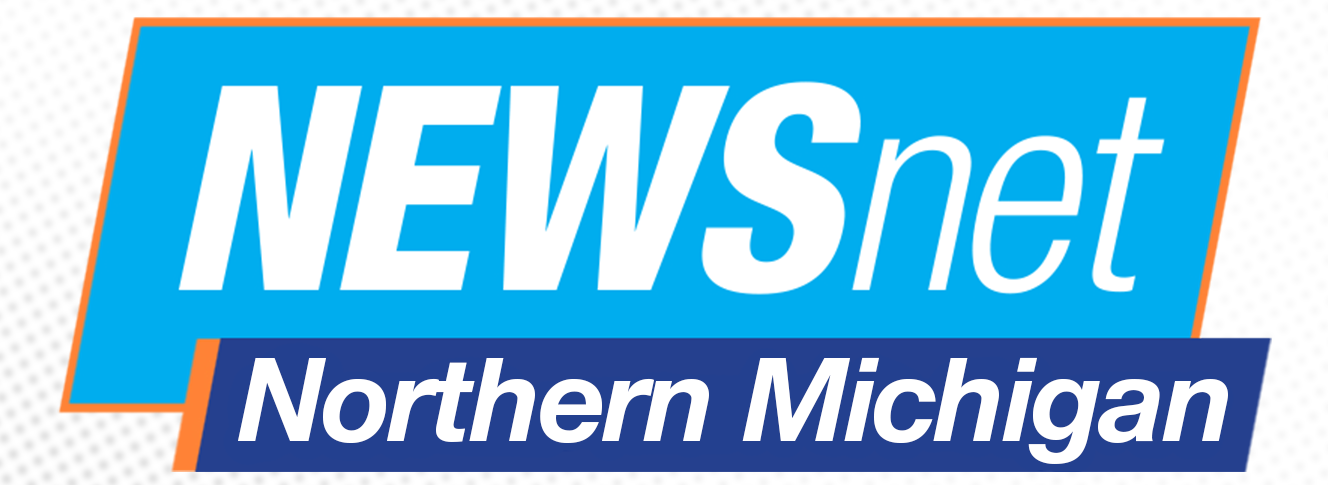Dealing with water damage on your property can be a stressful and overwhelming experience. Whether it's a burst pipe, heavy rainfall, or sewage overflow, the aftermath requires immediate attention and professional assistance. In the case of sewage-related incidents, it is crucial to understand the potential health hazards involved and why attempting a cleanup on your own is never a wise decision. In this article, we will explore the dangers of cleaning up sewage without professional help and shed light on how water damage restoration experts handle such situations safely and effectively.
The Health Risks of Sewage Exposure
Sewage contains a range of harmful contaminants, including bacteria, viruses, fungi, parasites, and chemical pollutants. Coming into contact with sewage, even in small amounts, can pose serious health risks. Exposure to pathogens present in sewage can lead to various diseases, such as gastroenteritis, hepatitis, tetanus, and respiratory infections. Additionally, sewage often carries toxic substances that can cause allergic reactions or exacerbate existing respiratory conditions like asthma.
Dangers of Poor Sewage Cleanup
Microbial Contamination
Improperly cleaned sewage residues can leave behind invisible traces of bacteria and other pathogens. These microorganisms can proliferate rapidly and spread throughout your property, posing a long-term health hazard to occupants.
Structural Damage
Sewage can seep into porous materials, compromising the structural integrity of your property. If not adequately addressed, it can lead to mold growth, rotting wood, and deterioration of building materials, resulting in costly repairs and potential safety risks.
Airborne Contamination
Sewage emits foul odors, and the gases released during decomposition can contain toxic substances. Attempting to clean up sewage without the necessary protective equipment can lead to inhalation of these noxious fumes, leading to respiratory distress and other health issues.
The Expert Approach to Sewage Cleanup
Water damage restoration professionals are trained and equipped to handle sewage cleanup safely and effectively. Their expertise ensures that the process is carried out with proper precautions, preventing the spread of pathogens and minimizing health risks.
1. Assessment and Planning
Upon arrival, water damage restoration experts conduct a thorough assessment to evaluate the extent of the sewage damage. They identify the category and classification of the water, which helps determine the appropriate safety measures and cleanup methods. Based on their assessment, professionals develop a comprehensive plan tailored to the specific situation, ensuring a systematic and efficient cleanup process.
2. Personal Protective Equipment (PPE)
Professionals prioritize safety and wear specialized personal protective equipment to shield themselves from exposure to hazardous substances. This includes gloves, masks, goggles, and protective suits. PPE acts as a barrier between the restorers and the potentially harmful sewage, minimizing the risk of contamination and infection.
3. Containment and Isolation
To prevent cross-contamination, experts employ various techniques to isolate the affected area. They may use physical barriers, seal off ventilation systems, and employ negative air pressure machines to control airflow and confine contaminants within the workspace. This careful containment helps protect the rest of your property from further damage and keeps occupants safe.
4. Thorough Extraction and Cleanup
Water damage restoration professionals use specialized equipment to extract standing water and remove sewage-contaminated materials. They follow industry best practices to thoroughly clean and disinfect affected surfaces, ensuring the removal of harmful pathogens and preventing the growth of mold and bacteria. Professionals also apply antimicrobial treatments to further eliminate any remaining contaminants.
5. Drying and Dehumidification
Once the cleanup is complete, experts employ advanced drying techniques to remove excess moisture from the affected area. This step is crucial to prevent secondary damage, such as mold growth. Professionals use high-powered fans, dehumidifiers, and moisture meters to ensure thorough drying, minimizing the risk of long-term structural issues.
6. Restoration and Prevention
Once the affected areas are cleaned and dried, restoration professionals repair and restore any damaged structures, ensuring that your property returns to its pre-damage condition. They also provide valuable recommendations on preventive measures to minimize the risk of future sewage-related incidents.
Conclusion
When faced with sewage overflow or intrusion on your property, it is imperative to prioritize your health and safety. Attempting to clean up sewage on your own can expose you to serious health risks and cause long-term damage to your property. By entrusting the cleanup process to experienced water damage restoration professionals, like the ones at SERVPRO of Indian Land, Cherokee, Union, and Chester Counties, you can ensure a thorough and safe restoration. Their expertise, specialized equipment, and adherence to stringent protocols will safeguard your health, prevent further damage, and restore your property efficiently. Remember, when it comes to sewage cleanup, it's always better to rely on the professionals.
About SERVPRO of Indian Land, Cherokee, Union, and Chester Counties
SERVPRO is dedicated to serving the Indian Land, Cherokee, Union, and Chester County community by offering full property damage restoration services to homeowners and business owners. Their highly trained team specializes in water, fire, and storm damage, helping property owners recover faster and more efficiently. They are locally owned and operated but have the resources of the national SERVPRO brand behind them. They know that disasters like sewage damage happen unexpectedly, which is why they are available 24 hours a day, seven days a week.
